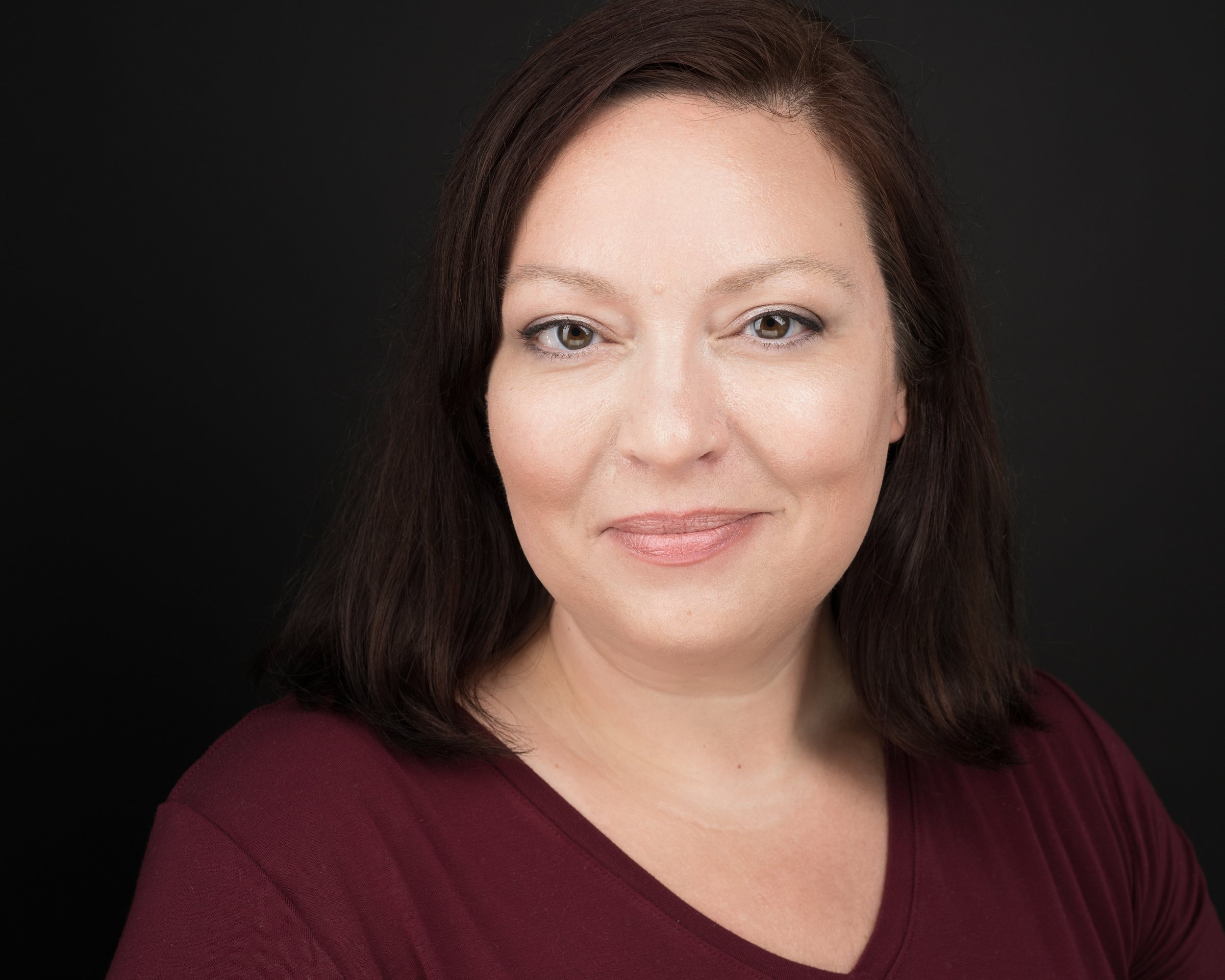Historical Non-Fiction
Description
Vocal Characteristics
Language
EnglishVoice Age
Middle Aged (35-54)Transcript
Note: Transcripts are generated using speech recognition software and may contain errors.
The similarity between ancient and early medieval therapeutics is that healing was not restricted to the specialist, good health depended on maintaining a holistic approach to life, moderation, restraint, and spiritual purity. This ideal of the lay physician continued into the fourth century when Orabase died circa 400 a Greek medical author and doctor to Emperor Julian died 3 63 wrote it is desired or really a necessity that everyone should study medicine from youth alongside other fields and hear its principles so that they can become good advisors in everything that is related to public safety. It is this informality and marginalization of theory particularly in herbals that confronts the historian trying to understand how transmitters of the medical texts understood magic in the materia medica, several sources provide evidence of practicing doctors at European courts and in urban centers. But the monastery was the setting for most of the curative activity of the early middle ages, both in terms of healing and for transmission of texts. Monks and nuns did more than apply medicines made from ancient recipes. They developed new drugs and improved on the old altering classical formulas for local use. The populace came to monasteries for treatment and lay and clerical healers labored together. There is every reason to believe that most women and men were familiar with medical practices at some level and several herbal recipes, direct the sick to act as their own physicians. It is likely therefore that the average person was exposed to and carried out recommendations that involved magical procedures.
